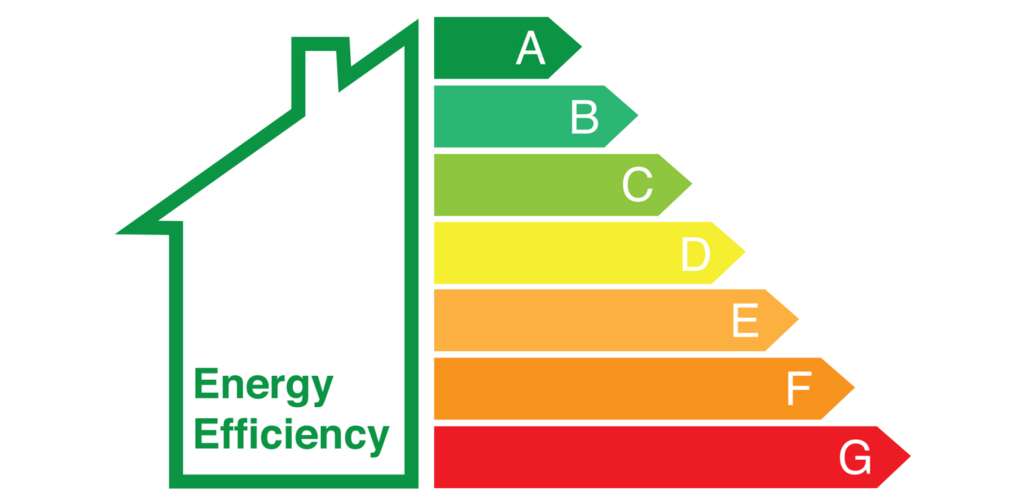Energy Efficiency Unveiled: Decoding Energy Statements with UK Building Compliance

In the United Kingdom, energy efficiency is a cornerstone of sustainable building practices, playing a pivotal role in reducing carbon emissions and promoting environmental stewardship. A key component in this endeavour is the Energy Statement—a comprehensive document that outlines how a proposed development will meet the energy efficiency standards set by local planning authorities. Understanding the intricacies of Energy Statements is essential for developers, architects, and stakeholders aiming to ensure compliance and contribute to a greener future.
What Is an Energy Statement?
An Energy Statement is a detailed report that demonstrates how a planned development will achieve specific energy efficiency targets mandated by local planning authorities. It encompasses various aspects, including building materials, heating systems, and air tightness, providing a holistic view of the energy efficiency strategy for the project. For instance, in regions governed by The London Plan, an Energy Statement is required to show that the development meets a 35% reduction in carbon emissions beyond the baseline standards.
The Importance of Energy Statements in Building Compliance
Energy Statements serve multiple critical functions in the realm of building compliance:
- Legal Compliance: They ensure that the proposed development adheres to the energy efficiency standards set by local authorities, which is a prerequisite for obtaining planning permission.
- Environmental Responsibility: By outlining strategies to reduce energy consumption and carbon emissions, Energy Statements contribute to broader environmental goals, including mitigating climate change.
- Economic Benefits: Implementing the measures detailed in an Energy Statement can lead to significant cost savings over time through reduced energy bills and potential eligibility for green incentives.
Key Components of an Energy Statement
An effective Energy Statement typically includes the following elements:
- Baseline Energy Assessment: An evaluation of the current energy performance of the site or existing structures.
- Proposed Energy Efficiency Measures: A detailed description of the strategies and technologies to be employed to enhance energy efficiency, such as improved insulation, high-efficiency heating systems, and renewable energy installations.
- Carbon Emission Calculations: Quantitative analysis demonstrating the anticipated reduction in carbon emissions resulting from the proposed measures.
- Compliance Checklist: A comprehensive list ensuring that all proposed measures align with relevant building regulations and local planning policies.
The Role of UK Building Compliance
Navigating the complexities of Energy Statements and building compliance can be challenging. UK Building Compliance offers expert services to assist developers and builders in this process. Their team provides comprehensive support, including the preparation of Energy Statements, SAP Calculations, and Water Efficiency Calculations, ensuring that your project meets all necessary regulatory requirements.
Conclusion
Energy Statements are integral to the UK's efforts to promote energy efficiency and sustainable development. They not only facilitate compliance with legal requirements but also underscore a commitment to environmental stewardship and economic prudence. By comprehensively detailing how a development will meet energy efficiency standards, Energy Statements play a vital role in shaping a sustainable built environment.
For more information and professional assistance with Energy Statements and building compliance get in touch today.
Share
